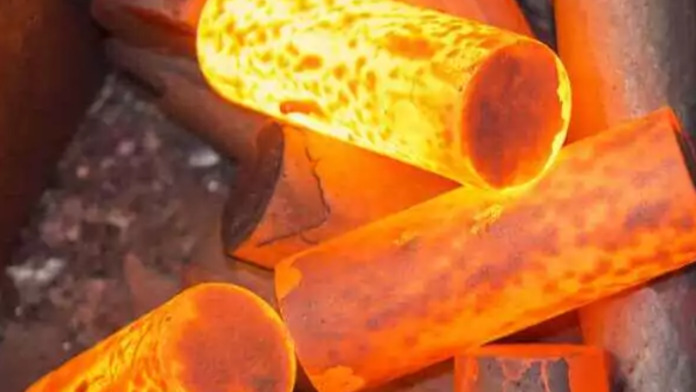Many advantages make cold forging a popular manufacturing technique in various applications. The improved material qualities it gives components are one of its main benefits. As a result of the process’s induction of work hardening, cold-forged components have increased strength, hardness, and wear resistance. Another distinguishing feature is precision dimensional accuracy, which enables producers to meet strict tolerances with little material waste, a vital feature in applications requiring complex geometries.
The surface polish obtained through cold forging enhances functional excellence and aesthetic appeal by lowering the need for extra finishing steps CXINFORGIGN company enhances the excellence of cold forging Because the procedure maximizes material consumption, reduces waste, and provides near-net or net-form capabilities, cost-effectiveness is inherent.
Benefits Do Cold Forging Offer
Cold forging is an advanced form of forging that works with metal at room temperature or close to it. This approach is a popular choice across various industries because of its efficiency and precision and the many unique benefits it delivers.
Improved Material Properties
The better material qualities that cold forging gives the components are one of its main benefits. Increased strength, hardness, and wear resistance are the outcomes of the process, which causes work hardening. Cold-forged parts are ideal for applications requiring increased performance and longevity because of their better mechanical qualities resulting from their refined grain structure.
Accurate Dimensions
The precise dimensional accuracy that cold forging offers is exceptional, enabling producers to meet tight tolerances with the least amount of material waste. For businesses where precision is crucial, the controlled deformation at lower temperatures makes producing components with complex geometries and fine details possible.
Enhanced Surface Honing
The surface finish of components made by cold forging is improved. The procedure reduces the likelihood of oxidation and scaling, giving the pieces a polished, smooth finish. By eliminating the need for extra finishing steps, this not only improves the components’ visual attractiveness but also adds to their exceptional functionality.
Material Economies and Decreased Waste
One notable advantage of cold forging is its effective use of materials, which lowers costs. Cold forging’s near-net shape or net form capabilities save waste by lowering the quantity of material used. This feature is consistent with economic factors, meaning cold forging is more affordable than conventional machining techniques.
Enhanced Rate of Production
The cold forging process is intrinsically quicker than certain other techniques, which helps to accelerate output. Hot forging eliminates the need for heating and cooling cycles, shortening processing times and improving manufacturing operations’ productivity.
Better Use of Materials
Cold forging reduces material waste, which maximizes resource efficiency. Because of the process’s precision, manufacturers can use resources more efficiently, which is in line with sustainable manufacturing methods and lessens the production’s impact on the environment.
Flexibility in Material Selection
Numerous metals and alloys, among other materials, can be worked with using cold forging. Because of their adaptability, manufacturers can select materials with high strength, resistance to corrosion, or other specialized qualities that meet particular performance needs.
Less Energy Use
Cold forging is known for requiring less energy than hot forging, which calls for higher temperatures. The elimination of the heating process, which consumes a lot of energy, makes production more ecologically friendly and supports global sustainability initiatives.
Diminished Heat Stress
To reduce the possibility of distortion or unintended changes in the component’s qualities, cold forging decreases heat stress on the material. Assuring the integrity of the finished product, this feature is especially helpful when working with materials that are susceptible to temperature changes.
Large Capacity of Production Volume
It is possible to produce components in large quantities with reliable quality thanks to the scalability of cold forging. This feature makes it a good fit since efficiency and consistency are crucial in industries requiring mass manufacturing, like electronics and the automotive sector.
Conclusion
The benefits of cold forging include enhanced material qualities, exact dimensional precision, affordability, and environmental considerations. With its unique blend of accuracy, productivity, and material optimization, cold forging remains crucial as businesses search for sustainable and economical manufacturing solutions.













